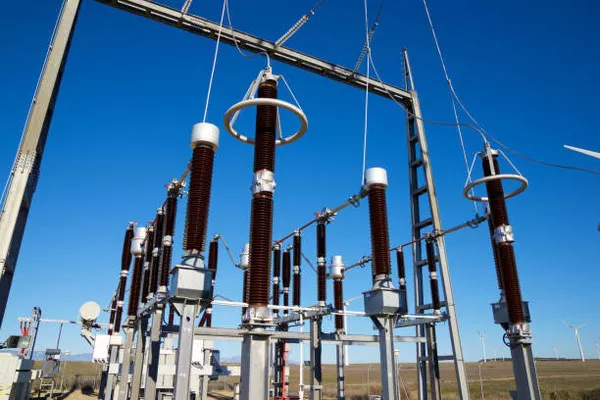The German machine tool industry, a significant barometer of manufacturing health, encountered a nuanced landscape in the second quarter of 2023, as revealed by the German Machine Tool Builders’ Association (VDW). Amidst a backdrop of global economic fluctuations, the industry’s order book demonstrated both resilience and volatility.
Orders placed with the German machine tool industry during Q2 2023 exhibited a 3% nominal decrease in comparison to the same period in the preceding year. A deeper dive into the figures disclosed a contrasting narrative between domestic and international markets. Domestic orders faced a considerable decline of 11%, while foreign orders exhibited a modest uptick of 1%. Cumulatively, the overall order level over the first half of the year diminished by 7%, with domestic orders experiencing a substantial 15% decline, while international orders saw a more moderate 4% reduction. These statistics translate to a 13% actual reduction in orders.
Dr. Wilfried Schäfer, Executive Director of the VDW, noted a noteworthy surge in order intake toward the close of Q2, reminiscent of a similar occurrence in March. This resurgence was primarily influenced by activity within eurozone countries, permeating both machining and forming equipment sectors. Schäfer, however, cautioned against interpreting this as a definitive turnaround, attributing the observed fluctuations to project-oriented ventures, particularly within the forming technology segment.
Intriguingly, sectors such as e-mobility, wind power, aerospace, and defense provided a commendable boost to order intake levels, suggesting their significance as growth catalysts. In contrast, conventional machine businesses experienced subdued performance. Factors such as uncertainties among small and medium-sized customers and postponed investments contributed to the relative weakness. Additionally, the rise in interest rates has presented challenges for credit-financed machine acquisitions.
On a brighter note, sales maintained a steady trajectory, witnessing a 21% nominal increase in the first half of the year, translating to a 13% real-term growth. Meanwhile, capacity utilization saw a marginal upturn from 88.3% to 90.5% in July 2023, indicating the industry’s capacity to adapt.
Although the order backlog experienced a gradual decline, the VDW’s projection of a 10% growth in production for the current year remains pertinent. The principal driver of this outlook continues to be foreign markets, with Asia standing out as the sole region demonstrating a positive balance sheet.
In summary, the German machine tool industry’s performance in Q2 2023 paints a multifaceted picture, influenced by global economic dynamics, project-oriented orders, and shifting trends in specific sectors. The industry’s resilience and adaptability, coupled with cautiously optimistic projections, underscore its pivotal role within the broader manufacturing landscape.

